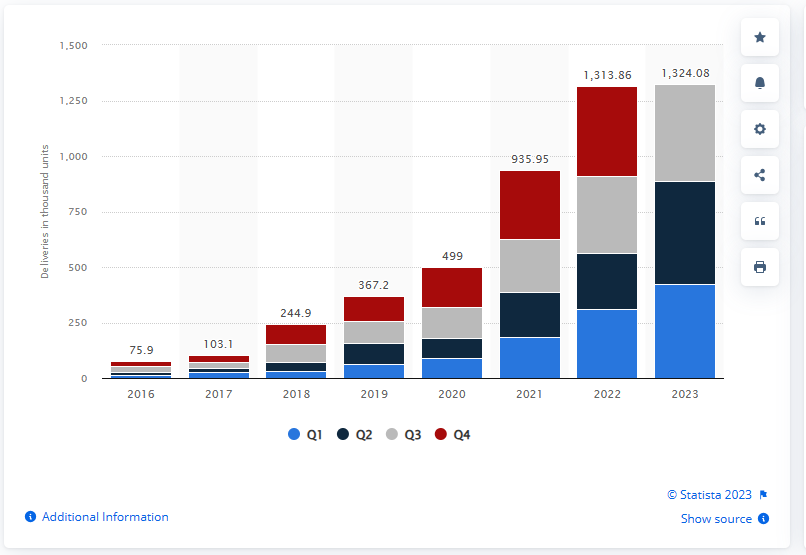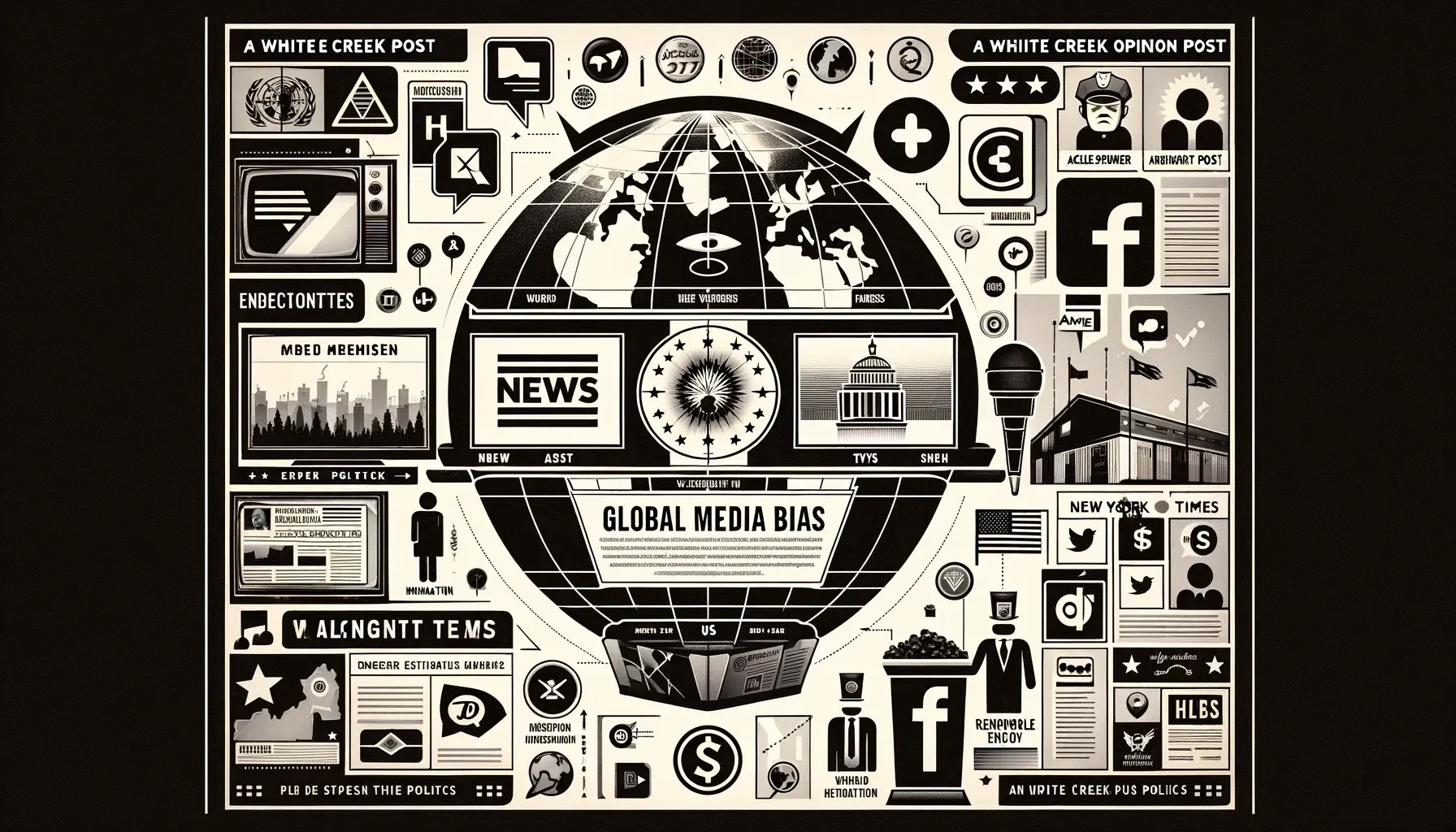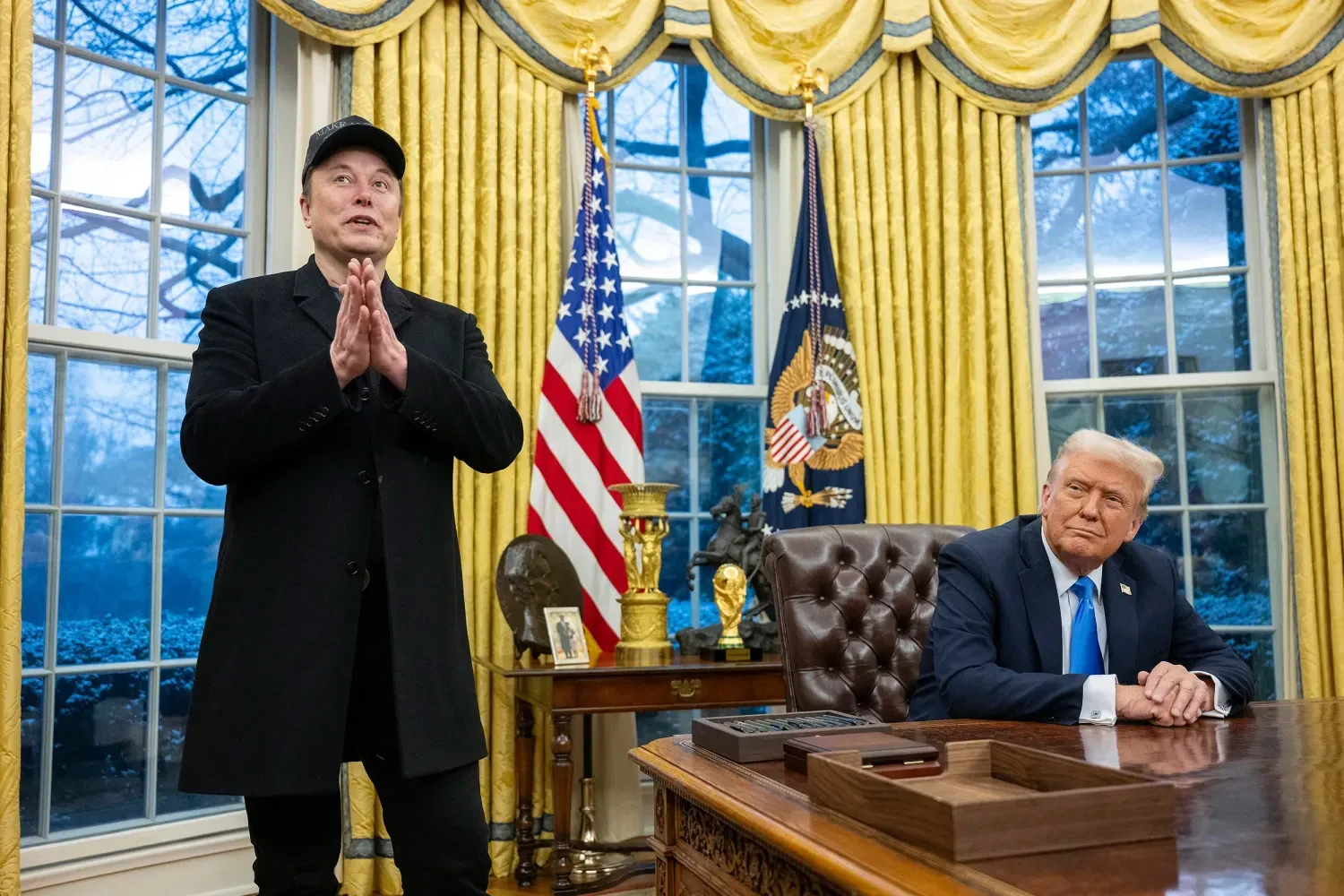Energy - October, 2023
Energy – October, 2023
Are dreams of electric vehicles (EVs) coming to an end? Perhaps not, but there is a growing shift in sentiment. The initial all-out optimism, promoted by some media and supporters who overlook the facts, is giving way to a more realistic or pessimistic outlook. Ultimately, it will be the consumers who decide the fate of EVs, and their hesitancy stems from three key concerns:
- Price: The cost of EVs remains a significant obstacle for many potential buyers.
- Battery Life and Sustainability Issues: Questions persist about battery recycling and whether lithium is a long-term solution or if there are viable alternatives.
- Charging Infrastructure and Time: Concerns about charging infrastructure and the time required for recharging continue to be hurdles.
While EV sales continue to rise, driven by enthusiasts and more affluent buyers seeking to showcase their "green" credentials, as well as institutional users benefiting from taxpayer incentives, the coexistence of EVs and traditional fossil fuel vehicles well into the 2050s seems increasingly likely. It might even lead to scenarios where hydrogen or, in a less optimistic future, horses return as viable transportation options. This shift reflects a similar buyer profile and the pursuit of sustainability.
It may sound unconventional, but in the long run, it appears to be the only path to true sustainability. After all, most current transportation methods rely on mined resources, and eventually, we could run out of essential materials like metals and plastics since they don't grow on trees. With a global population of 12 billion people, the demand for resources could outstrip both food and natural resources like trees, especially when considering that around 30% of land might be covered by solar panels and wind turbines to power AI computers and other electric essentials.
While EV sales have been growing healthily for the past couple of years, that trend has accelerated this year. US consumers bought nearly 300,000 new battery-electric vehicles (BEVs) in the second quarter – a new record, according to Cox.
Not only is that more than 48% higher than last year, but it’s also more EVs than were sold in all of 2019. That’s not even counting sales of plug-in hybrid electric vehicles (PHEVs), which can run on gas or electricity and a battery that can be recharged with either a charging cable or a generator powered by the engine.
Cox Automotive now predicts sales of fully electric vehicles in the US will break the 1 million vehicle barrier in 2023 for the first time ever. More than 557,000 BEVs have already been sold so far this year through the end of the second quarter.
Experts say EV sales are being propelled by a number of compounding factors, such as price cuts, a wider variety of available vehicles and more government and manufacturing investments.
“It’s just this perfect storm of all these things coming together,” said Stephanie Valdez-Streaty, the director of industry insights at Cox Automotive.
The Inflation Reduction Act is also driving sales growth, Valdez-Streaty told CNN.
How many Tesla vehicles were delivered in 2023? Tesla's vehicle deliveries in the third quarter of 2023 amounted to over 435,000 units. Quarterly deliveries decreased by around 6.67 percent during the third quarter of 2023, compared with the second quarter of that same year. Between April and June 2023, deliveries crossed the 466,000-unit threshold, a new record for the brand.

Price - here's an article from 2021 and one from the UK. Initially optimistic in the early 2020s, suddenly, reality sets in with many questions that should have been asked before pumping trillions of government money into the industry.
Ford is pumping the brakes on $12 billion in planned EV investments, including a battery factory. General Motors nixed its target of building 400,000 EVs by the middle of 2024 and delayed the opening of a revamped factory that will produce electric GMC and Chevrolet trucks.
Both said they were responding to slower-than-expected growth in EV demand.
It's true that EV demand has shown signs of a slowdown. Although US sales of electric cars have exploded in recent years, increasing for 13 quarters straight, the rate of that growth has tapered slightly. That's pushed some dealers to turn away some EV allocations and forced automakers to pile on incentives to keep vehicles selling.
President Biden, along with the U.S. Departments of Transportation and Energy, is investing $5 billion over five years to launch a national EV charging network. The National Electric Vehicle Infrastructure (NEVI) Formula Program provides over $1.5 billion in funding for states to build out electric car charging networks.
It was just recently announced that all 50 states, along with Washington D.C. and Puerto Rico submitted their plans on time and have had them approved. This means that reimbursement funds are now available to all U.S. states and territories. Once complete, the charging network will service about 75,000 miles of highway across the U.S.
Hopefully, most of the states will use the funds to deploy DC Fast Charging stations. However, it’s not required, and the funds can be used for a variety of charging-related projects and options. For this reason, we’ll have to wait and see how it all plays out.
Battery life and development: Expect some positive results with less space needed and longer recharge sequences. However, do not anticipate miracles, as the current investments in lithium do not indicate rapid improvements, possibly not until 2040.
Charging Infrastructure: Can the US sustain a dual-system infrastructure?
In the first quarter of 2023, there were around 286 million vehicles operating on roads throughout the United States. Almost 38.4 million used vehicles changed owners in the U.S. between the first quarter of 2022 and the first quarter of 2023, while new registrations of vehicles came to about 13.9 million units during that period.
Give or take 10 years life expectancy of a Fossil Fuel Car, 2040 would probably be an all-electric world if as of 2025, only EV are on the Markt. Would such a scenario not ask for a regional approach starting with high populated areas, it probably would make more sense to subsidize Rental cars for long distance travel or remote travel from an EV hub then subsidize new sales and charging stations in the wilderness, and use the Gas station infrastructure to offer chargers, use Buc-ee's or build them around malls, they can use traffic. And make it mandatory that each home has a charging station, and make the once on the road paid by the customer. You do not get free Gas at a Holiday Inn, but free chargers as in parking Garages? Such a scenario would also be more sustainable for the Car Manufacturer’s, as currently most investments into the EV manufacturing are on hold? Or do we all have questions about electro mobility, including the government?
Additionally, making it mandatory for each home to have a charging station and having customers pay for the charging service on the road could be a sustainable solution. This approach might also be more beneficial for car manufacturers, as many investments in EV manufacturing are currently on hold. There seems to be ongoing uncertainty and questions about electric mobility, including government policies.
The U.S. government's blueprint for battery production relies on lithium-based technology, aiming to create good-paying union jobs. However, it raises questions about the security of the Southern border. It's worth noting that during Jennifer Granholm's term as Michigan's governor, many people were leaving the state. The future outlook on batteries from MIT provides further insights into the technology.
Projections suggest that EVs might phase out by 2050 along with the hype. Explore some scenarios here.
Regarding forest fires and the science behind them, it's essential to consider the potential differences between scientific understanding and political actions.
And here the blue print from the US Government to get the Batteries, its all Lithium based with good paying Union jobs, sound like the Southern Border is secure, or check Granholm’ term as Michigan’ Governor, everybody was leaving, and here some more future outlook on Batteries from the MIT.
Projections, EV’ will be gone by 2050 and so is the hype? See some scenario’ here.
Forest Fires and the Science, any difference to politics? - The case of Patrick Brown is making headlines. In September, the American climate scientist described in an online post how he manipulated a study on forest fires. He overemphasized the influence of global warming on fires and ignored other causes. In this way, he wanted to ensure that he could publish in the renowned journal Nature.
Brown lamented that scientists who want to succeed in their research have to serve the narrative of dire global warming. "Climate science is now less about understanding the complexity of the world and more about serving as a kind of Cassandra and urgently warning the public about the dangers of climate change."
Windmills, often touted as already used by our ancestors, but no one in the Industry looks at Wind patterns over 30 years, (lifetime of such sustainable thing, if lucky) which actually do change, read here how to blame climate change for it, or better 1000 years, but its all our fault. The result, the overzealous activists managed to spend a lot of money on projects, that look good on paper, but are simply not feasible. And then they blame simple logistics? And here some others, inflation is down to normal according to the inflation reduction act, what is down is the efficiency of this constructs when they are on the field, because the wind is changing perhaps 20%? If you can find a statistic let me know. And here some projections.
Investment is one side, cost the other. According to the latest spot benchmarks offered by sellers to buyers priced in megawatts per hour (MWh), the price of electricity in Germany has increased by 321.80% since the beginning of 2023, reaching 62.89 EUR/MWh as of October 31, 2023 1. The average price of electricity for households in Germany was 40.07 cents per kilowatt hour (kWh) in the second half of 2022, compared to 32.16 ct/kWh in the previous year 2.
And here is a great example; if the Sun shines and the Wind blows, once we calculate the storage prices for the future, we may be in for a surprise.
Perhaps subsidizing solar panels on every roof, coupled with energy storage, could offer an efficient alternative to government investments. This approach would enable most EV charging to occur at home, covering about 80% of charging needs, while the remainder could be fulfilled through rentals. Additionally, focusing energy infrastructure around major users makes sense.
But there's another concern. AI is advancing rapidly and finding applications in various sectors, from autonomous vehicles to healthcare and economics. Scientists worldwide are eager to harness AI's potential for positive changes.
An Amsterdam-based scientific team has discovered that AI's electricity consumption is already comparable to that of an entire country. Data processing centers, including AI, currently contribute to 4-5% of global energy consumption, which increases to 8% when you factor in standard hardware like computers and phones.
Projections indicate that this share could surge to 30% in the near future. For example, training an AI model involves the continuous operation of multiple graphics cards, each consuming around 1,000 watts, a process that spans several weeks.
It's evident that AI systems demand significant energy. However, it's highly likely that solutions will be found in the future to address this issue effectively.



Sign Up For Our Newsletter
We will get back to you as soon as possible
Please try again later





